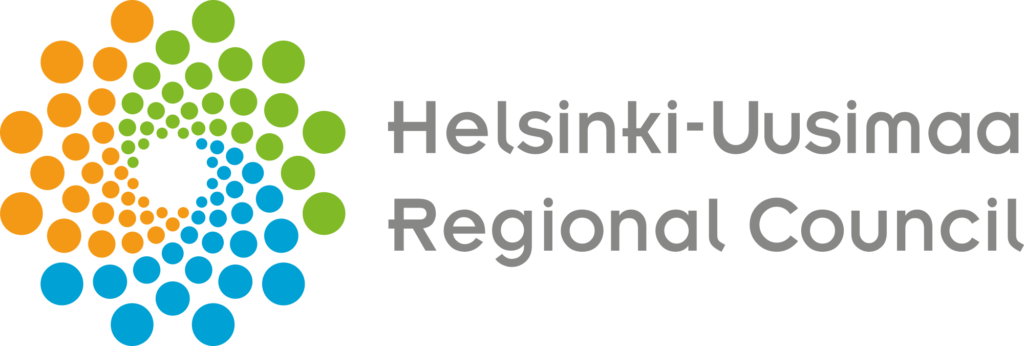The XREXP project’s mission is to bring together tech companies that focus on emerging technologies to jointly develop and test innovative services for attractions using the latest technologies. Its goals include seamlessly integrating multi-channel commerce solutions and creating a collaborative environment of innovation that encompasses cultural venues like attractions, event spaces, destinations, and companies specializing in XR technology and multi-channel commerce.
By fostering this collaborative spirit, our XREXP project aims to create a dynamic ecosystem where new ideas can flourish and be quickly brought to market.
Pushing boundaries of how we use immersive technologies
A three-dimensional virtual scene offers users an immersive interactive experience by providing a visual 3D environment enhanced with multimedia channels such as sound, video, and force feedback equipment. This technology, known as real scene 3D construction, integrates virtual reality, computer vision analysis, and graphics construction from various technical fields.
As information becomes increasingly abundant, real-world 3D construction is gaining attention for its ability to effectively represent the value of data and information. This approach allows for a richer and more engaging way to understand complex data sets, enhancing both learning and entertainment experiences.
Real scene 3D construction has seen significant advancements in recent years. Sahin et al. (2012) demonstrated the potential of this technology by combining photogrammetry and laser scanning data to create a 3D city model. This model not only visualizes the urban landscape but also provides a detailed and accurate representation of the city’s structure, which can be used for urban planning, navigation, and even disaster management.
However, despite these advancements in data acquisition and display technologies, three-dimensional virtual scenes have yet to be widely adopted in leisure locations or educational environments (Zhuang 2021). This gap presents an opportunity for projects like XREXP to push the boundaries of how we use immersive technologies.
XREXP-project integrates complex audiovisual content into 3D point cloud model
One of the key partnerships in the XREXP-project is with the Finnish nature centre Haltia and Flatlight Creative House. Together, they are playing a pivotal role in the Burn to be wild exhibition of the Life2Taiga project.
The exhibition demonstrates the ecological advantages of deliberately burning old forests to rejuvenate them, creating habitats that support diverse species and lead to greater diversity in tree ages and species. For example, this practice can transform a uniform pine forest into a mixed forest of pine and deciduous trees, benefiting a broad range of insects, plants, fungi, and birds. By showcasing these ecological benefits, the exhibition aims to educate the public about sustainable forestry practices and the importance of biodiversity.
The XREXP-project is engaged in continuous research and design efforts to refine user interfaces and integrate complex data in a way that clearly presents the theme of the exhibition. This involves using advanced technologies such as point-cloud models, drone video footage, and infrared camera images to create an educational and engaging haptic interface. The project team worked closely with stakeholders Metsähallitus, Maanmittauslaitos, and Haltia to quickly identify key goals and ensure that the exhibition meets their needs. The exhibition opened in May 2024, and it promises to be a groundbreaking display of how immersive technologies can be used to convey complex ecological concepts.
The XREXP-project develops best practices for the use of immersive technologies
The Burn to be wild exhibition also serves as a research and development platform for the XREXP-project in the future. Additional development and prototyping activities will occur later this year at the Helsinki City Hall and Finlandia Hall. These activities will help the management and design teams find new ways to utilize XR technologies in exhibitions and other commercial services in the renovated landmarks. By testing and refining these technologies in real-world settings, the XREXP project aims to develop best practices that can be applied to other venues and industries.
The XREXP project is supported by funding from the European Regional Development Fund (EAKR) and Uudenmaan Liitto (Regional Council of Uusimaa). This financial support is crucial for enabling the project to explore new frontiers in immersive technology and create innovative solutions that can be used across various sectors. With this backing, the XREXP project is well-positioned to make a significant impact on how we use immersive technologies to enhance our understanding of the world around us.
In conclusion, the integration of three-dimensional virtual scenes and real scene 3D construction holds immense potential for transforming how we experience and interact with information. The XREXP project is at the forefront of this transformation, leveraging cutting-edge technologies to create immersive and educational experiences. As the project continues to develop and test new solutions, it will undoubtedly pave the way for broader adoption of immersive technologies in leisure locations, educational environments, and beyond.
XRexp – the XR experience path and embedded multi-channel commerce solutions project brings together new technology companies to develop experiential services and multi-channel commerce at Finlandia Hall and other visitor attractions. The project promotes the development of an innovation ecosystem of cultural and XR technology companies and explores which technologies and equipment are best suited to the identified target customer groups. The end result will be a description of an optimal XR experience pathway to inspire new networking and future design work. The project is funded by the European Regional Development Fund (ERDF) and the Helsinki-Uusimaa Regional Council.


References
Sahin, C., Alkis, A., Ergun, B., Kulur, S., Batuk, F., & Kilic, A. 2012. Producing 3D city model with the combined photogrammetric and laser scanner data in the example of Taksim Cumhuriyet square. Optics and Lasers in Engineering, 50(12), 1844-1853.
Zhuang, K. 2021. Film and television industry cloud exhibition design based on 3D imaging and virtual reality. Displays, 70, 102107.
Picture: Shutterstock